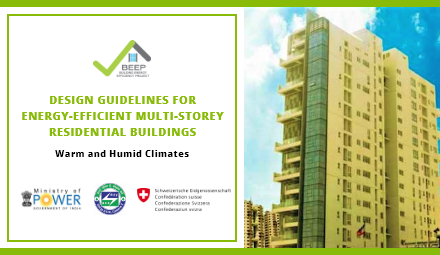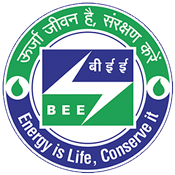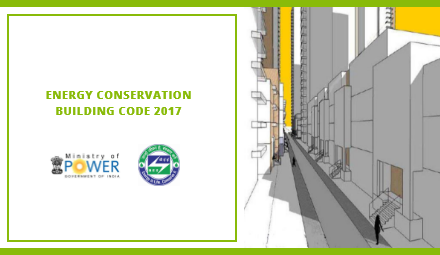As the building sector grows rapidly in India, there is an urgent requirement to ensure that new buildings that come up should be energy efficient. This will have a significant impact not only on the thermal comfort that inhabitants of a building will have, but will also result in lower electricity bills and overall and reduction in greenhouse gases. Further, thermal comfort is essential in the affordable housing segment, where residents might not be able to afford external devices for heating and cooling. In order to ensure uptake of energy efficient buildings throughout the country, the Ministry of Power, Government of India and the Bureau of Energy Efficiency released the Eco-NiwasSamita 2018, the energy conservation code for residential buildings. Part 1 of this code focuses of the building envelope, which plays a significant role in how thermally comfortable a building is. The Code has been designed in a simple way so that states can use it as per their requirements; and engineers and architects can easily adapt their building plan to it. Additionally, a compliance toolmakes calculations simple without having to use a simulation tool.
Related Resources
Report

Developing Cost-Effective And Low-Carbon Options To Meet India’s Space Cooling Demand In Urban Residential Buildings Through 2050 June, 2020
Published paper

Assessing Thermal Performance of Building Envelope of new Residential Buildings Using RETV February, 2020
Published paper

A Case Study on Design of Thermally Comfortable Affordable Housing in Composite Climate: Simulation Results and Monitored Performance February, 2020
Published paper

Energy Efficient Building Envelope and Ventilation Strategies for Multi-Storey Residential Buildings in India December, 2017
Document
























